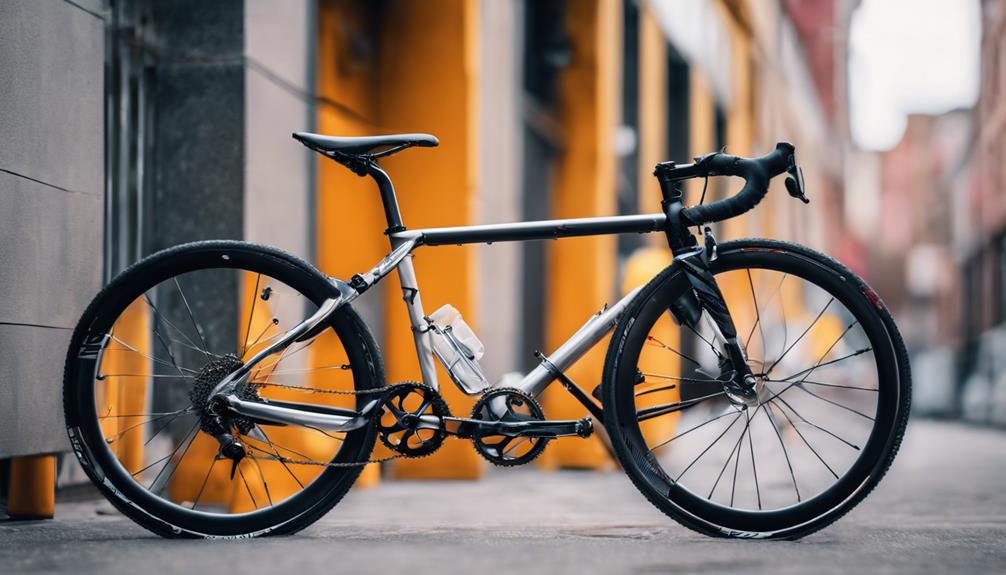Biking is a popular pastime and a viable form of transportation for millions of people worldwide. Whether you’re a casual rider, a competitive cyclist, or someone who commutes to work on two wheels, the type of bike tire you choose can significantly affect your performance, safety, and overall riding experience. This article delves into the various types of bike tires, their features, and how to select the right ones for your needs.
Understanding Bike Tire Basics
Before diving into specifics, it’s essential to understand the basic components of bike tires. A bike tire consists of several parts:
- Tread: The part of the tire that makes contact with the ground. The tread pattern affects grip and rolling resistance.
- Casing: The fabric layers that make up the tire’s body, providing strength and flexibility.
- Bead: The part that holds the tire onto the rim, typically made of steel or Kevlar.
- Inner Tube: Found in many types of tires, it holds air and provides cushioning.
Types of Bike Tires
Bike tires come in several types, each designed for specific riding conditions and styles. Here’s a breakdown of the most common types:
1. Road Bike Tires
These tires are designed for speed and efficiency on paved surfaces. They are typically narrow and have a smooth tread pattern.
- Width: Usually between 23mm to 32mm.
- Pressure: Can handle high inflation pressure (90-130 psi).
- Features: Lightweight, aerodynamic, and designed for low rolling resistance.
2. Mountain Bike Tires
Mountain bike tires are built for off-road use with a rugged tread pattern for improved traction on uneven terrain.
- Width: Typically wider, ranging from 2.1” to 2.5”.
- Pressure: Lower inflation pressure (25-50 psi) for better grip and shock absorption.
- Features: Knobby tread patterns designed for traction on dirt, mud, and rocky surfaces.
3. Hybrid Tires
Hybrid tires combine features of road and mountain bike tires, making them versatile for various terrains.
- Width: Generally between 30mm to 50mm.
- Pressure: Moderate pressure (50-70 psi).
- Features: Smooth center tread for paved roads and knobby edges for off-road capability.
4. Fat Tires
Fat tires are designed for riding on soft surfaces like sand or snow. They are significantly wider than standard tires.
- Width: Ranges from 3.7” to 5” or more.
- Pressure: Very low pressure (5-15 psi) for maximum surface contact.
- Features: Provide stability and grip on loose surfaces.
5. Tubeless Tires
Tubeless tires eliminate the need for an inner tube, using a sealant to prevent air loss. They are becoming increasingly popular among serious cyclists.
- Benefits: Reduced risk of pinch flats, lower rolling resistance, and the ability to run lower air pressure.
- Considerations: Require compatible rims and may need maintenance of the sealant.
Choosing the Right Bike Tire
Selecting the right tire for your bike depends on several factors, including your riding style, terrain, and personal preferences. Here are some tips to consider:
1. Assess Your Riding Style
Your riding style significantly impacts your tire choice. Here are some questions to ask yourself:
- Are you primarily riding on paved roads, trails, or a mix of both?
- Do you prioritize speed, comfort, or durability?
- Will you be riding in wet conditions or during the winter?
2. Consider Terrain and Conditions
The terrain you regularly ride on is crucial. For example:
- If you ride on smooth, paved roads, opt for narrow road tires.
- For rough trails, choose mountain bike tires with aggressive tread patterns.
- If you often face wet or slippery conditions, consider tires with better grip or puncture resistance.
3. Evaluate Durability and Puncture Resistance
Some tires are designed to be more durable and resistant to punctures:
- Look for tires with reinforced casings for added protection against flats.
- Consider tires with built-in puncture protection layers.
- Research brands known for durability and customer reviews regarding tire longevity.
4. Inflation Pressure and Comfort
Inflation pressure affects comfort and performance:
- Lower pressure generally offers a more comfortable ride but can increase rolling resistance.
- Higher pressure reduces rolling resistance but can lead to a harsher ride.
- Check the manufacturer’s recommendations for optimal tire pressure.
Case Study: The Impact of Tire Choice on Performance
A study conducted by the University of Colorado Boulder examined the performance of different tire types among competitive cyclists. The findings showed:
- Road tires provided average speed increases of 1-2 mph compared to hybrid tires over a 10-mile course.
- Cyclists using tubeless tires experienced a 10% reduction in rolling resistance.
- Tire choice had a significant impact on overall race times, with specialized tires yielding better results in specific conditions.
Maintenance Tips for Bike Tires
Proper maintenance can prolong the life of your bike tires and enhance your riding experience. Here are some essential tips:
- Regularly check tire pressure and inflate as necessary.
- Inspect tires for signs of wear, punctures, or damage.
- Clean tires with a damp cloth to remove dirt and debris.
- Rotate tires if applicable to ensure even wear.
- Replace tires when tread is worn down or performance declines.
Conclusion
Choosing the right bike tire is a crucial decision for any cyclist, affecting speed, comfort, and safety. Understanding the different types of tires and their applications allows you to make an informed choice based on your riding style and the terrain you encounter. Regular maintenance and awareness of tire performance will not only enhance your cycling experience but will also help you avoid common pitfalls such as flats or reduced performance. With the right tires, every ride can be an enjoyable adventure!
